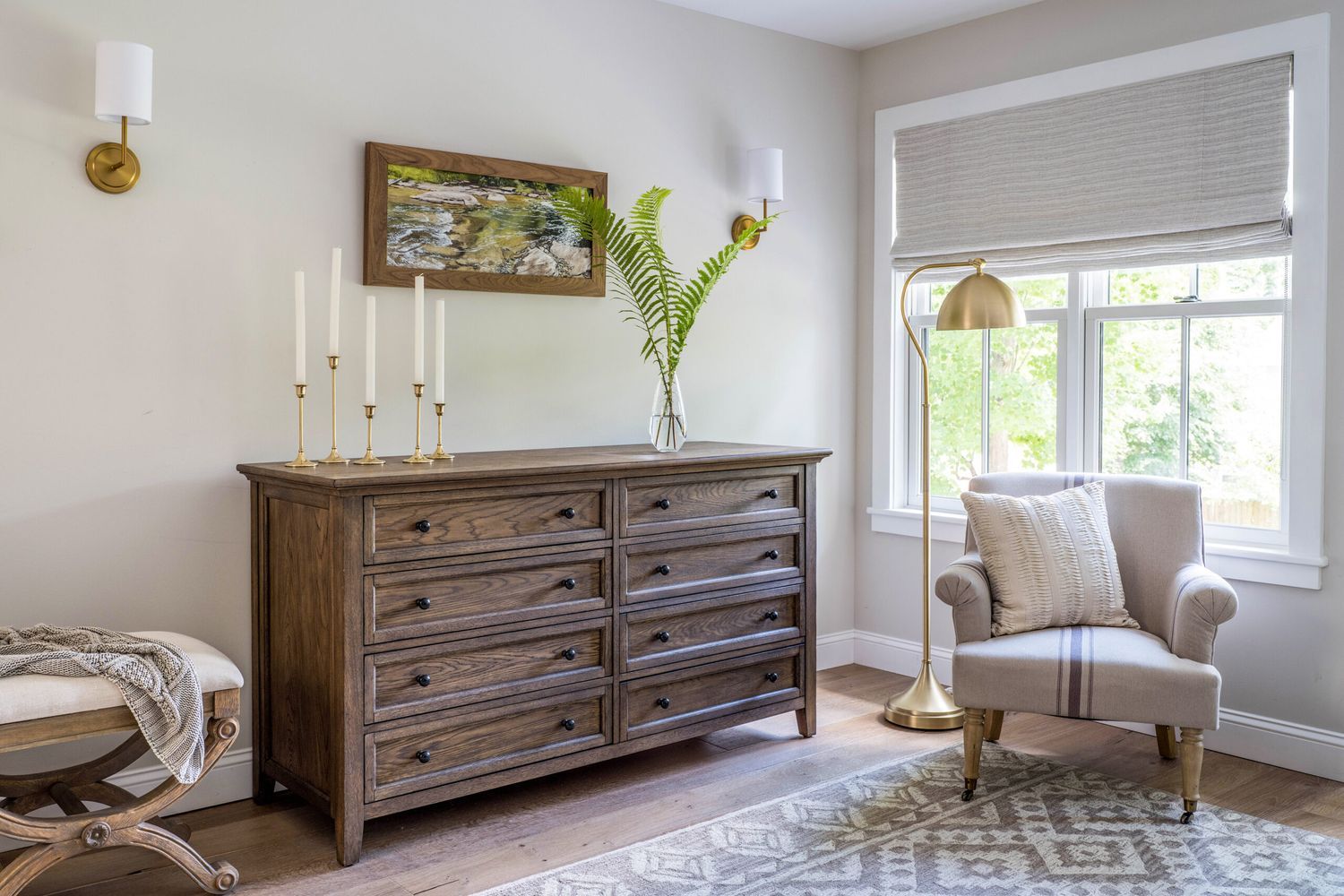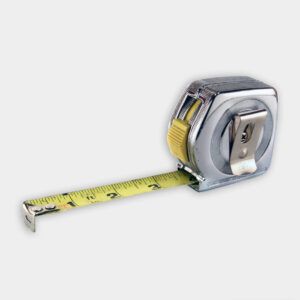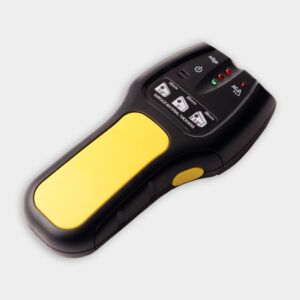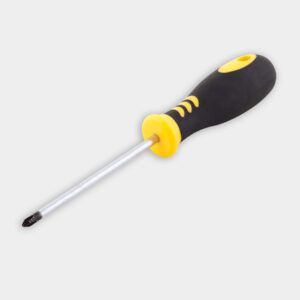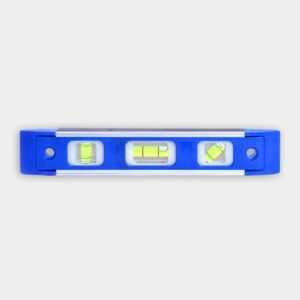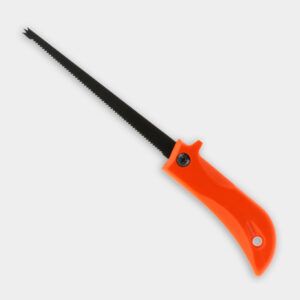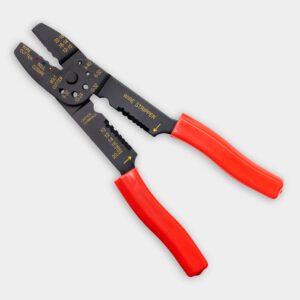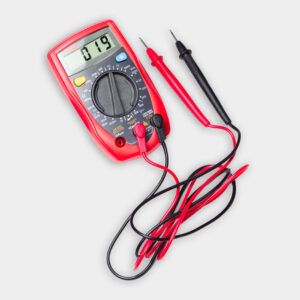Project details
Skill
Cost
Estimated Time
Even in a well-lit home, one or two extra accent lights can instantly amp up the style and ambiance. But if you’ve avoided wall sconces because of the intimidating wiring, you can rest easy.
Some walls scream for a classy touch of light. Whether it’s an upward-facing fixture that casts a warm glow on the walls and ceiling or one that aims downward for a bit of extra illumination over a cozy reading nook, wall sconces have a lot to offer. These fixtures can flank bathroom mirrors to provide task lighting, brighten an otherwise dark stairway, or add a soft light to a home office for top-notch remote meetings.
But, for folks who don’t know how to install a wall sconce, the project might seem overwhelming. There is good news, though: With the right conditions, this project is easier to take on than it looks.
What You Need
Tools:
Materials:
- Fish tape
- Painter’s tape
- 14/2 non-metallic sheathed building wire
- Old work electrical box
- Old work ceiling electrical box
- Wire connectors
- Light switch and cover plate
- Sconce(s) with mounting hardware
Note: Despite the ceiling box’s name, it will be used on the wall as the junction box for the sconce.
The Easiest Place to Install a Wall Sconce
You can add a wall sconce almost anywhere, but for the least amount of work without many complications, you’ll want to install it a few feet above an existing electrical outlet. Since electrical outlets are installed between two studs running vertically, there are typically few obstructions to work around when running wires straight upward.
If there isn’t already an outlet to work above, it will be necessary to run wires to the wall sconce’s location. This may involve tearing down drywall or drilling through wooden bottom plates, neither of which are as easy as installing a sconce above an existing outlet.
How High to Install a Sconce

There are no hard and fast rules about where to position a sconce. So you can place them where they work best around the furniture, headboards, or paintings in your house. However, these general height recommendations will ensure a wall sconce looks in the right proportion to the rest of the room:
- Above or around a headboard: 48 inches to 60 inches from the floor
- Around a bathroom vanity: 60 inches to 70 inches from the floor
- Accent or task lighting: 60 inches to 72 inches from the floor
How to Install a Wall Sconce
1. Start by choosing the wall sconce’s location (above an outlet) and mark the spot with a piece of painter’s tape. Then, use a stud finder to ensure that the studs land within the same stud bay as the outlet. Use painter’s tape to mark the position of the studs.
Note: Most existing electrical boxes are nailed directly to a stud, so ensure that the proposed sconce location and outlet are on the same side of the stud. If the outlet is to the right of the stud, the light must also then be to the right of the same stud.
2. Shut off the power at the breaker. Use a non-contact voltage tester to ensure that the outlet itself is no longer energized. Use the screwdriver to remove the cover plate and, again, check that the wiring within the electrical box isn’t energized by probing with the non-contact voltage tester. Once confirmed, remove the screws holding the outlet into the electrical box and pull it out from the box.
3. Choose a location for the light switch between the sconce’s proposed location and the outlet. Place the old work electrical box face-down against the wall’s surface at this location, level it, and trace around the box with a pencil. Carefully cut the box’s shape out of the drywall using the drywall saw.
4. Place the round-shaped ceiling electrical box face-down against the drywall in the location chosen for the sconce. Trace around it with a pencil and cut it out using the drywall saw.
5. With the wires inside the outlet box pushed to the side, slide the fish tape up from the inside of the box. Continue feeding fish tape up the wall until it’s visible from the hole for the sconce. Pull the fish tape out of the top hole.
6. Cut and remove about 6 inches of the plastic jacket on a length of 14/2 wire. Attach one of the wires to the fish tape by bending it through the hook and wrapping it around itself to create a removable knot. Fold the other two wires back flat against the remaining jacket. Slowly feed the wire down into the wall cavity while also retrieving the fish tape. Go slowly to prevent drywall damage. Pull the wire through the outlet’s electrical box.
7. Pull approximately 8 to 10 inches of wire out from the outlet’s electrical box. Reach inside the hole for the switch and pull it out of the hole approximately 8 to 10 inches before cutting the wire in the middle of the loop. Cut the wire from the spool at the top hole, leaving the end approximately 8 to 10 inches long.
8. Working at the top hole first, push the wire through the round ceiling box. Then, fit the ceiling box into the hole, tightening the adjustable wings until it clamps into place.
9. Repeat the same process at the hole for the switch, feeding one length of wire through the top of the old work box and one length of wire through the bottom of the box before fitting it into the hole.
10. Remove the mounting hardware from the sconce kit and attach it to the ceiling electrical box. Each kit is slightly different, but most have a bar that spans the electrical box and holds the sconce in place.
11. At the sconce hole, remove the wire’s plastic jacket. Using the wire strippers, remove approximately 1 inch of each of the wires’ insulation. Twist each wire with the corresponding wire from the sconce: black to black, white to white, and copper or green to copper. Use wire connectors to secure the wires, tuck them into the box, and install the sconce according to the manufacturer’s instructions.
12. At the switch hole, remove the wires’ jackets. Strip the ends of each of the wires approximately 1 inch and then wire the switch:
- Twist the white wires together and cap them with a wire connector.
- Cut a spare piece of copper wire, approximately 5 inches long (this is called a pigtail).
- Twist the three bare wires together and cap them with a wire connector.
- Bend a hook in the free end of the short copper wire (the pigtail) and place it over the green screw on the switch and tighten the screw.
- Attach the black wire coming from the outlet (the line) to the gold screw on the bottom of the switch. Attach the black wire heading to the sconce (the load) to the top gold screw.
- Tighten all the screws, tuck the wires into the switch box, and secure the switch in place. Install a switch cover plate.
13. Using the wire strippers, remove 1 inch of insulation off the new wires sticking out of the outlet box. If there is only one set of wires running to the outlet, attach the wires coming from the switch to the two empty screws on the outlet:
- Attach the black wire to the gold screw.
- Attach the white wire to the white screw.
- Cut a spare piece of copper wire, approximately 5 inches long (this is called a pigtail).
- Remove the copper wire from the outlet and straighten the end.
- Twist the three bare copper wires together and cap them with a wire connector.
- Bend a hook in the free end of the pigtail, place it over the green stud on the switch, and tighten it.
If there isn’t an empty set of terminal screws to wire to, this process will work:
- Cut three pigtails of wire; one black, one white, and one bare. Strip the ends.
- Remove one set of wires from the outlet and bend their ends straight.
- Working one color at a time, twist the end of the existing wire, the new wire from the switch, and the pigtail together. Repeat until all three colors are wired.
- Bend hooks in the free ends of the pigtails and wire them to the outlet. Wire the black wire to the gold screw, the white wire to the white screw, and the copper wire to the green screw.
14. Neatly tuck the wires into the electrical box, reinstall the outlet and then the cover plate. Flip the breaker back on to restore power to the outlet. Flip the switch on to test the sconce.
Make sure to sweep up the little bits of wire and drywall dust and then step back and appreciate the extra illumination your new sconce provides. If you like, repeat the same process to add more wall sconces around the house.
Consider sitting and reading areas, bedrooms, or anywhere else in need of brightening up. With this approach, you can install a sconce almost anywhere an outlet already exists.
